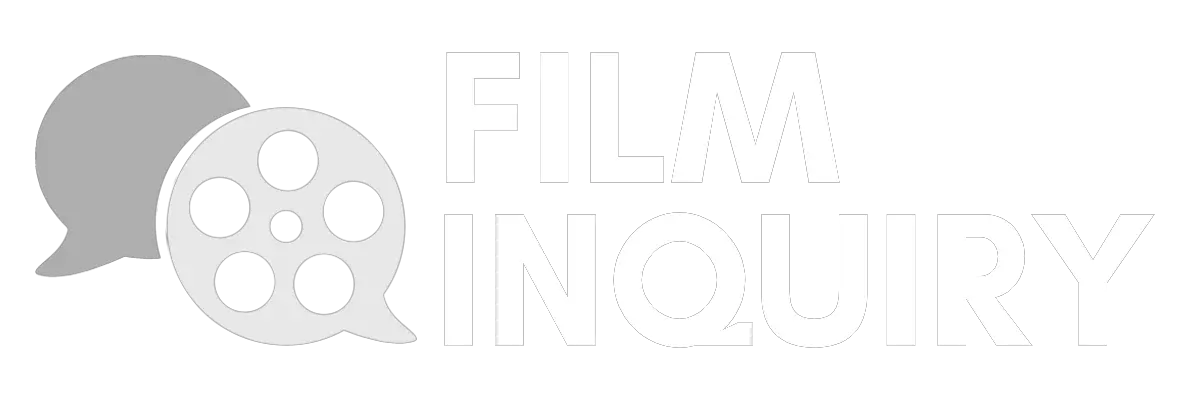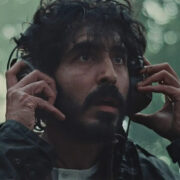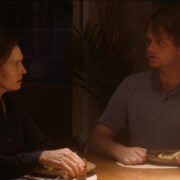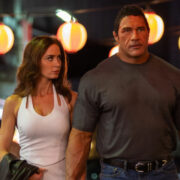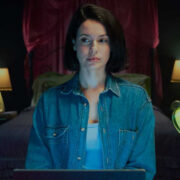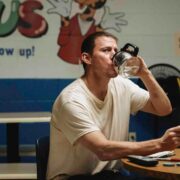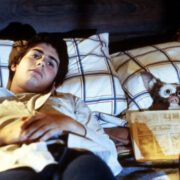Top 5 Best Book-to-Film Adaptations
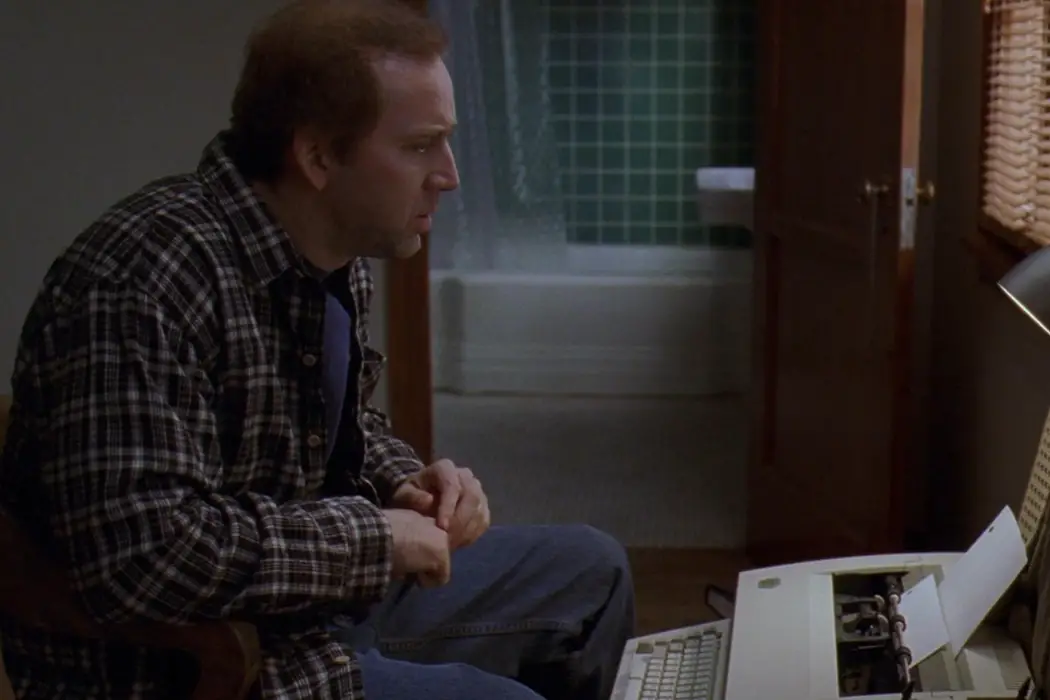
Hello, I'm Coby Kiefert! I am a reviewer from Savannah,…
Like most voracious readers, I am usually quite critical of book-to-film adaptations. Sometimes, they capture the spirit of their source material (i.e. No Country for Old Men), and sometimes they fail miserably (i.e. The Shining). Throughout this article, I’m going to explore my top five examples of those adaptations which truly excelled in bringing their characters and stories to the big screen.
5. The Wolf of Wall Street (2013)/Directed by Martin Scorsese
Not many autobiographies or memoirs are as raunchy, in-your-face, and surprisingly profound as Jordan Belfort‘s The Wolf of Wall Street. The story, which chronicled Belfort‘s years-long criminal enterprise as founder and CEO of Stratton Oakmont, oozed cinematic potential for a viscerally entertaining cautionary tale about wealth and morality. Oscar-winner Martin Scorsese‘s adaptation does not disappoint. For one, Terence Winter‘s (The Sopranos) script perfectly lays the foundation for conveying the chaos, excess and consequences of Belfort‘s choices.
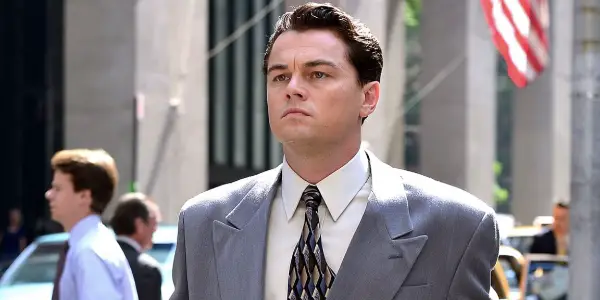
Moreover, the film stays true to the spirit of Belfort’s journey, and knows exactly what to include from the book, and what to leave out. Certain aspects are left out or greatly scaled down, such as Stratton Oakmont’s partnership with Steve Madden Shoes, or Belfort’s forced stint in rehab due to his drug and alcohol addiction. However, anything scaled down or left out here thankfully doesn’t dilute the overarching principles the movie espouses. The most vital aspects are retained. This includes Jordan’s well-cultivated ability to sell himself to anyone, client or employee, no matter how corrupt the purpose. His mentorship under Mark Hanna (Matthew McConaughey), and his early jobs prior to opening Stratton Oakmont, are well-portrayed. Most notably, Jordan’s fall from grace is the best aspect of this adaptation, smartly keeping in a lot of Jordan’s spiraling paranoia, marital problems, and downright life-threatening drug cravings. Not only is it accurate to his story, but it helps the movie hammer home its point effectively.
That foundation is built upon by the incredible performances from Leonardo DiCaprio – who delivers his best work ever – as well as Jonah Hill, Margot Robbie, and Kyle Chandler. There’s also the deft editing by veteran Thelma Schoonmaker and the equally energetic cinematography by Rodrigo Prieto. Everything about the film coalesces into a truly perfect adaptation of its source material, with a simplistic ending that perfectly gets its point across.
4. Doctor Sleep (2019)/Written, Directed & Edited by Mike Flanagan
Mike Flanagan (Oculus, The Haunting of Hill House, Midnight Mass) had a unique challenge before him when it came to adapting Stephen King‘s follow-up to The Shining. For one, King himself famously hates Stanley Kubrick‘s 1980 film. Two, Flanagan had to simultaneously appease King with a faithful translation of his sequel, and keep fans of the original movie satisfied. Against it all, he accomplished both goals.
The story followed a grown-up Dan Torrance (Ewan McGregor), struggling with the same alcoholism as his late father. This sprang from the trauma he experienced as a child, particularly at the Overlook Hotel. Whilst he attended AA meetings and rebuilt his life, Dan also began correspondence with a girl named Abra Stone (Kyleigh Curran), who shared his ability to ‘shine’. Together, the pair aimed to take down a paranormal death cult known as The True Knot, led by Rose the Hat (Rebecca Ferguson), who tortured children to death in order to live off the steam they produced.
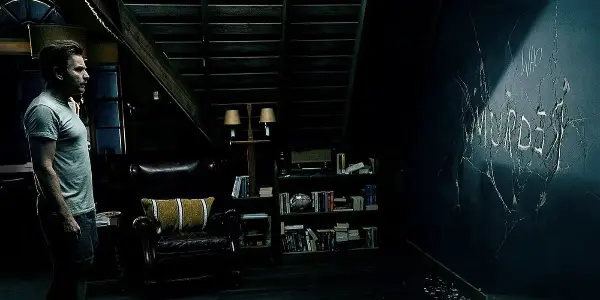
Where this adaptation succeeds the most is its expert merge of scares and heart. Dan’s struggles with alcoholism are well-documented, as is his journey to sobriety in AA. Unlike its predecessor, Doctor Sleep leaves in more of the human drama to make you care. Abra’s isolation from her peers and her parents due to her powers- it’s there. Themes like shame and embracing who you are also shine through in this movie, whereas I didn’t feel The Shining captured the book’s subjects of abuse, trauma and familial strife as well.
Refreshingly, this adaptation also does not restrain itself when it comes to showing the horrors that the True Knot inflicts upon its victims. This was a mean-spirited book that required no compromise when it was being brought to the screen, and this movie delivers.
Ewan McGregor truly makes you feel the connection between Dan’s journey as an alcoholic, in addition to his quest to help Abra. This also owes credit to Mike Flanagan‘s script and film editing. Kyleigh Curran gives one of the best child performances ever, keeping Abra grounded as a character in spite of the over-the-top story. Most of all, Rebecca Ferguson is utterly chilling as Rose, a menace who will stop at nothing to avoid mortality.
Thankfully, the movie doesn’t rely too much on callbacks to the first one, though it maintains the same slow-burn pace. This allows you to really get invested in its characters. If you’re skeptical about the concept of a sequel to one of the most popular horror movies ever, give this flick a shot. In my humble opinion, it surpasses The Shining in every way.
3. Carol (2015)/Directed by Todd Haynes
When Patricia Highsmith published The Price of Salt in 1952 – albeit under the pseudonym Clare Morgan* – she did something revolutionary. She wrote a lesbian love story in which the leads not only weren’t punished for their sexuality, but ultimately given a chance to thrive as a couple. The premise, for those unfamiliar, followed meek young shopgirl Terese Belivet (portrayed in the film by Rooney Mara), who met older socialite Carol Aird (played here by Cate Blanchett). Subsequently, their friendship slowly turned into a full-on romance. At the same time, Carol’s estranged husband Harge (Kyle Chandler) became deeply suspicious of their relationship, leading to a divorce and child custody battle that could jeopardize Terese and Carol’s future.
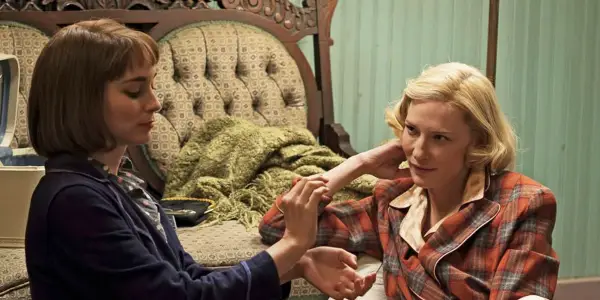
What also made Highsmith’s novel so bold was how it confronted gender norms of the time period. Therese and Carol were well aware of the taboo nature of their bond. Carol’s estranged husband Harge, rather than being a one-dimensional misogynist, was a complex person trapped within his own pressure to fulfill the masculine ‘ideal’. This wasn’t just a same-sex love story, it was an honest interrogation of how society expected men and women to be, which helped fuel its controversy and staying power.
How does the movie fare? For one, you sense that longing for true fulfillment, but being afraid to pursue it, let alone believe it possible. Such emotions are also powerfully evoked by Phyllis Nagy‘s screenplay. She appropriately devotes much time to the most important parts of the book, such as Carol and Harge’s custody battle over their daughter. There’s also Terese’s conflicted questioning of her sexuality, which conflicts with her heterosexual relationship. Harge hiring a private investigator to follow Therese and Carol on their vacation together- a key turning point in the book- is smartly kept and rivetingly translated.
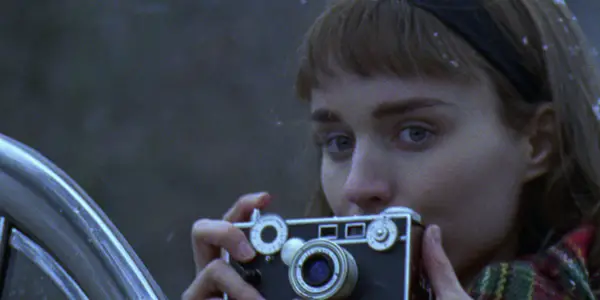
From a filmmaking and performance perspective, it perfectly captures the aesthetics of the 1950s. The immaculate costume design by Sandy Powell, to Judy Becker‘s production design; nothing feels out of place for the era. On top of that, Mara and Blanchett perfectly convey such deep desire. Editor Alfonso Goncalves always knows what angle to pick, or when to cut to or away from someone, in order to tell us what they’re thinking and feeling.
Most of all, it’s the direction by Todd Haynes that ensures the love is felt by the viewer. He never fetishizes the bond between Terese and Carol for the male gaze. Even the movie’s sole sex scene feels like the physical culmination of two souls coming together. The way it’s performed, helmed, edited, and how it’s lensed by Ed Lachman; it’s a far cry from the more pornographic lovemaking scenes in Blue is the Warmest Color (2013)**. Every aspect of this story is shaped with humanity and dimension. No character falls into a stereotypical box. It’s a dazzling tale, told with sincerity by a cast and crew that fire on all cylinders. Highsmith would’ve been proud.
2. Brooklyn (2015)/Directed by John Crowley
Not many cinematic love stories have come close to the emotional impact that Brooklyn had on me when it came out. Adapted from Colm Toibin‘s bestselling novel, it follows Eilis (Saoirse Ronan) as she emigrates from Ireland to Brooklyn, NY in 1951 to make a living for herself. Along the way, she unexpectedly meets Tony (Emory Cohen), and as their relationship deepens, she begins to question what “home” even means to her.
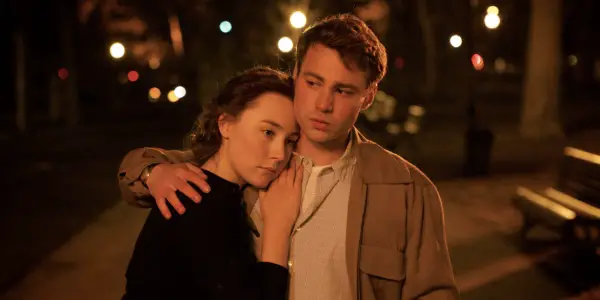
One noteworthy difference between the book and this movie, is how much time is spent developing Eilis’ home life in Ireland early on. It’s not long in the film before Eilis makes her way to Brooklyn. While this could’ve set a shaky foundation for caring about our heroine, the movie 1) nevertheless retains that longing for home throughout her early days in New York, and 2) smartly dedicates significant screen time to her visit back after her sister Rose (Fiona Glascott) dies. This makes her decision between Tony and Jim Farrell (Domhnall Gleeson) feel more riveting, because the film establishes it in the context of Eilis reevaluating where she belongs altogether. In addition, the movie grounds Eilis’ acclimation to her new routine in the broader context of the Irish immigration experience. From scenes of Eilis bonding with fellow immigrants, to her helping put on a Christmas dinner for homeless Irish veterans, it makes the story feel more universal.
From a filmmaking perspective, this adaptation particularly shines in four places: Nick Hornby‘s screenplay, the performances, the editing by Jake Roberts, and the cinematography by Yves Belanger. Saoirse Ronan delivers the best work I’ve seen from her (and I’ve been a fan of hers for awhile, so that’s saying something). Even when Eilis doesn’t say anything, her face tells us everything. The performances are also powerfully shaped in the edit, which knows which angles to cut to, when to cut to them, and sets just the right pace in order to give the full emotional effect. And speaking of those angles, Belanger and director John Crowley always know the correct shot size, camera movement (or lack thereof), and blocking to reach the same endgame. If you want to cry tears of both sadness and joy tonight, rent it immediately.
1. Jackie Brown (1997)/Written & Directed by Quentin Tarantino
Quentin Tarantino is known for his original work, but almost never gets the attention he deserves for his sole book adaptation. Based on Elmore Leonard‘s novel Rum Punch, it follows airline stewardess Jackie Brown (Pam Grier), who gets nabbed by the ATF for drug smuggling. Based on her criminal past, and current employment under gunrunner Ordell Robbie (Samuel L. Jackson), who’s now after her, Brown must agree to be an informant on the authorities’ behalf. She must also figure out how to stay alive and start fresh.
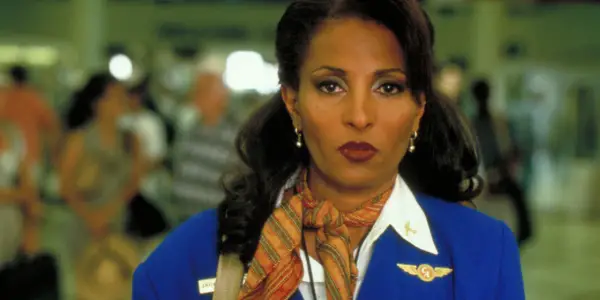
It’s a story ripe for Tarantino‘s gift of gab, and Jackie Brown’s screenplay is filled with wildly entertaining conversations. Each of them skillfully establishes character, progresses the story, and plants seeds for later events. The performances feel like these actors wore their roles like second skins. Samuel L. Jackson is as quick-witted and intense as ever as Ordell. Other supporting players are pretty instantly memorable, like Robert De Niro as bumbling ex-con Louis Garra, and Bridget Fonda as Melanie, Ordell’s mistress. But possibly the best work in the film (outside of Grier) comes from the late Robert Forster as Max Cherry, the bail bondsman who falls for Jackie. His and Grier‘s conversations together feel real, like two complimenting souls.
*This pseudonym was recommended to Patricia Highsmith to avoid damage to her reputation, after her smash-hit 1948 debut Strangers on a Train.
**To be clear, I love Blue is the Warmest Color. I just dislike its depiction of lesbian sexuality.
Does content like this matter to you?
Become a Member and support film journalism. Unlock access to all of Film Inquiry`s great articles. Join a community of like-minded readers who are passionate about cinema - get access to our private members Network, give back to independent filmmakers, and more.
Hello, I'm Coby Kiefert! I am a reviewer from Savannah, GA. I'm most passionate about independent horror, dark comedy, and teen coming-of-age films. However, I'm open to all types of cinema. I'm excited to be writing for this website.
